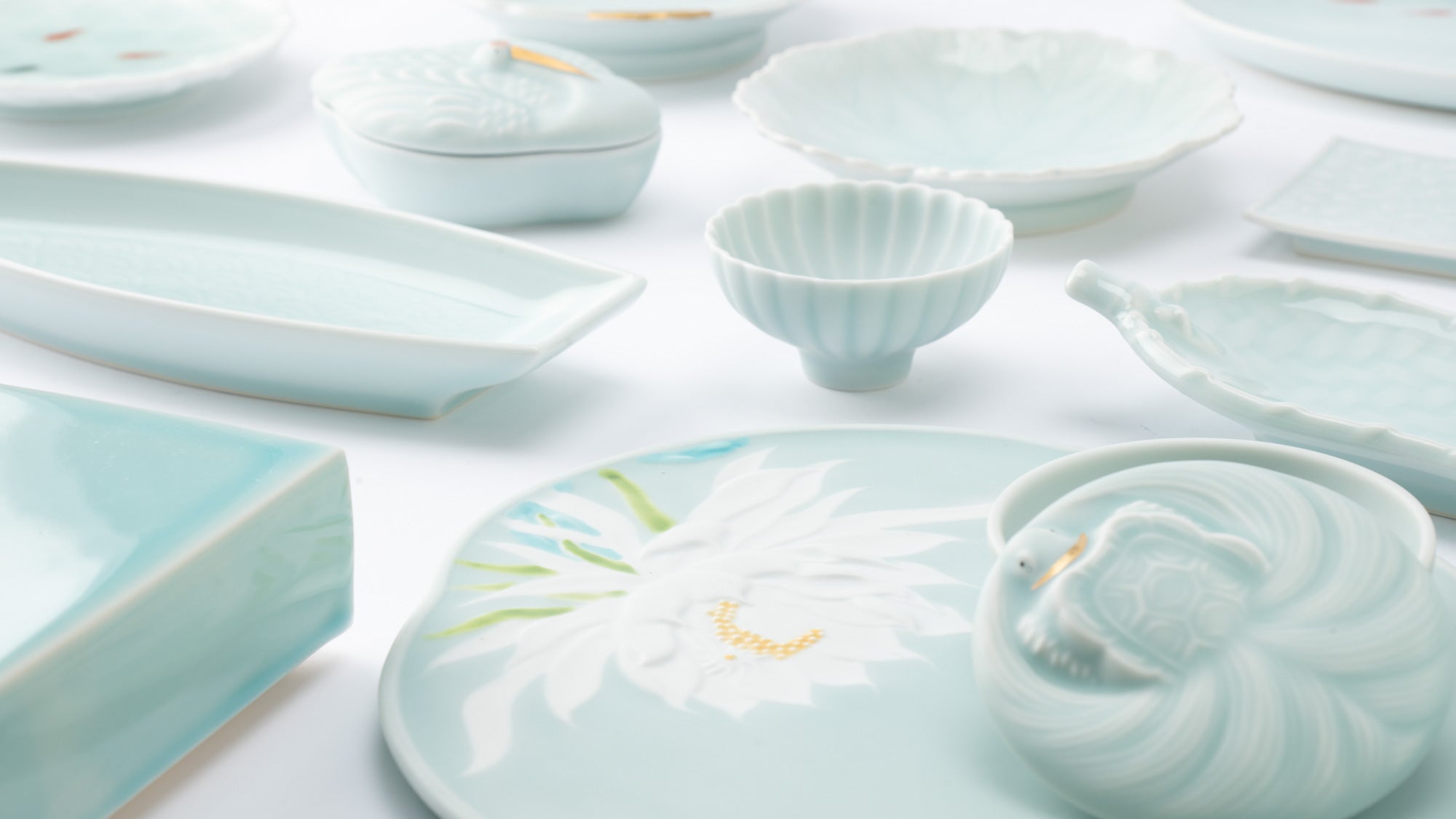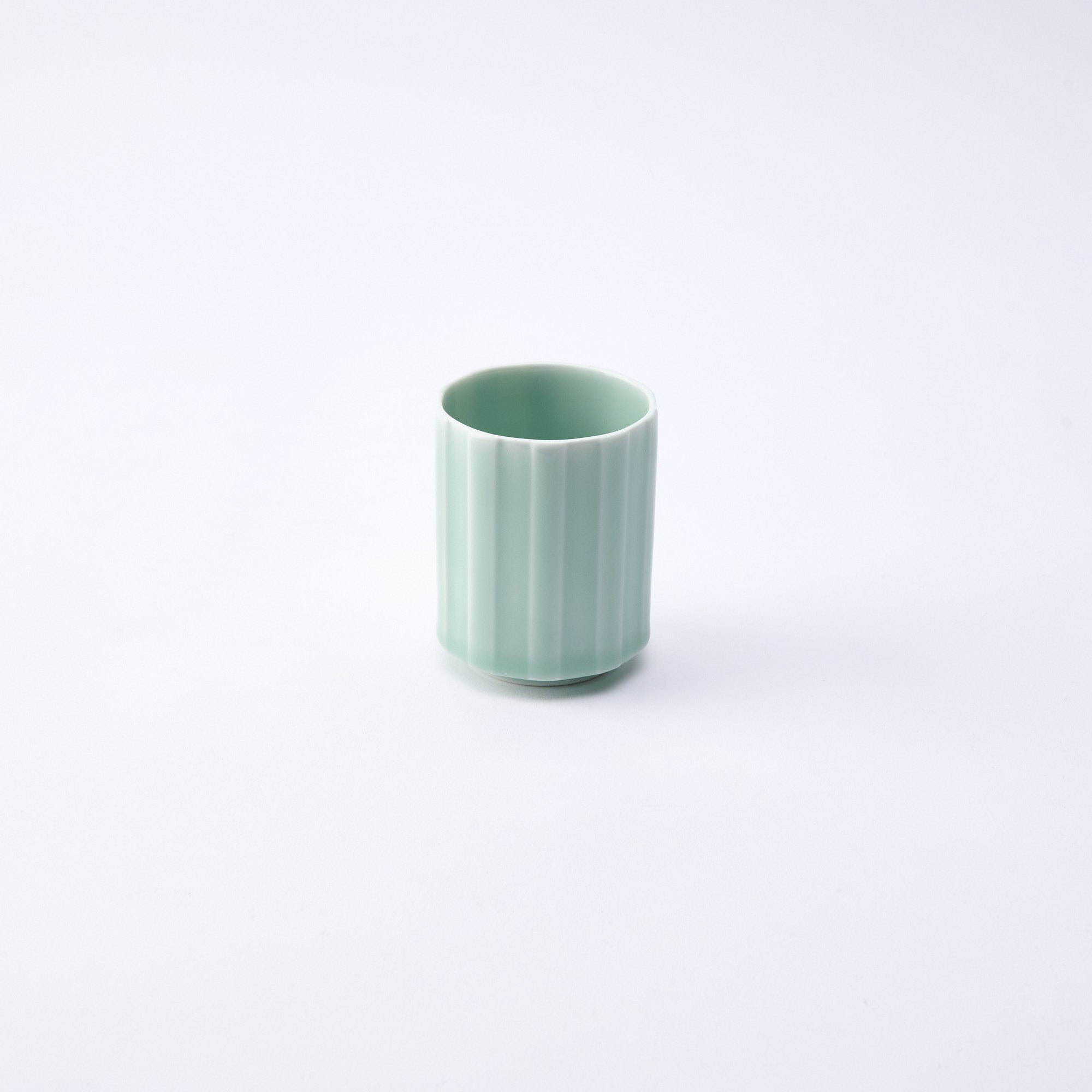
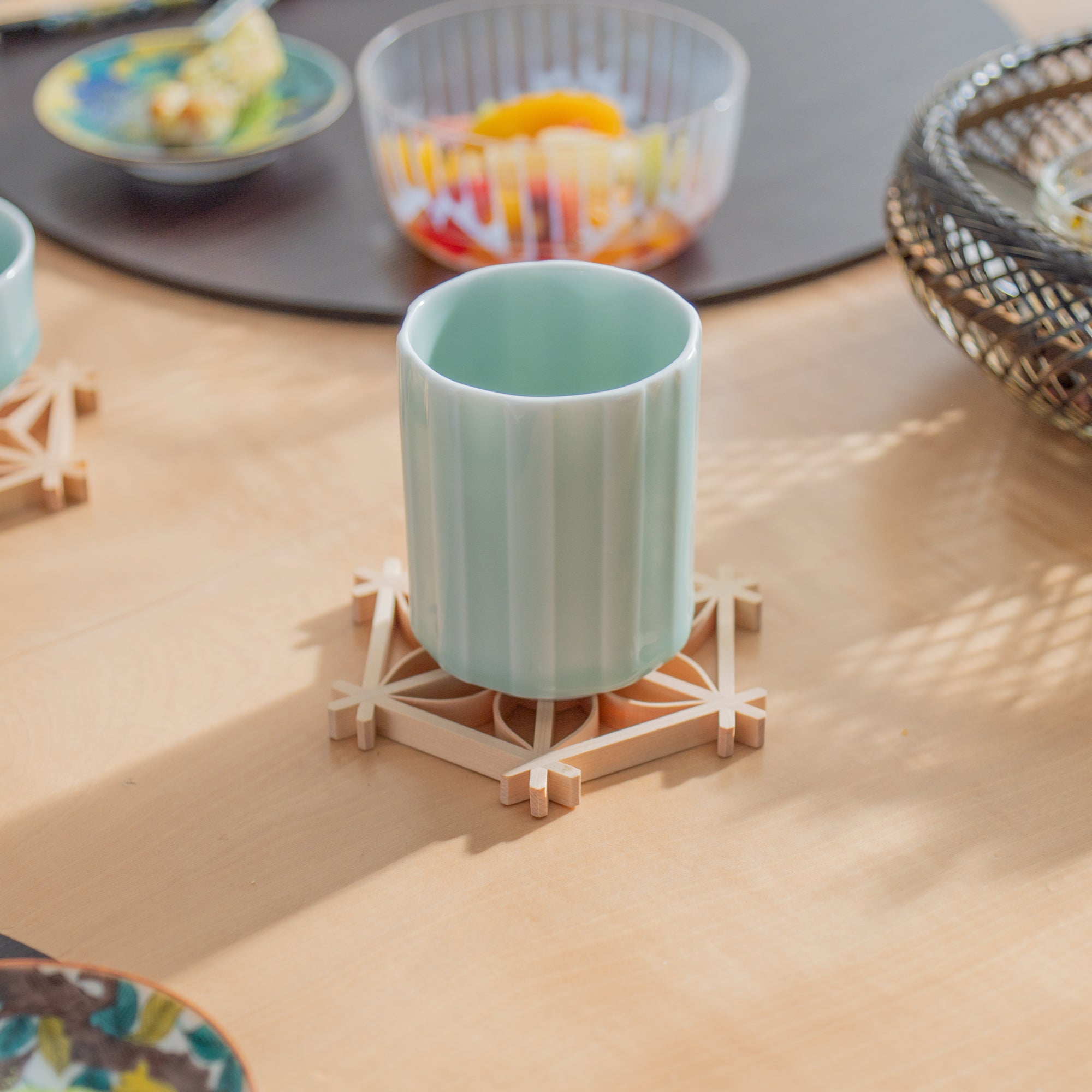


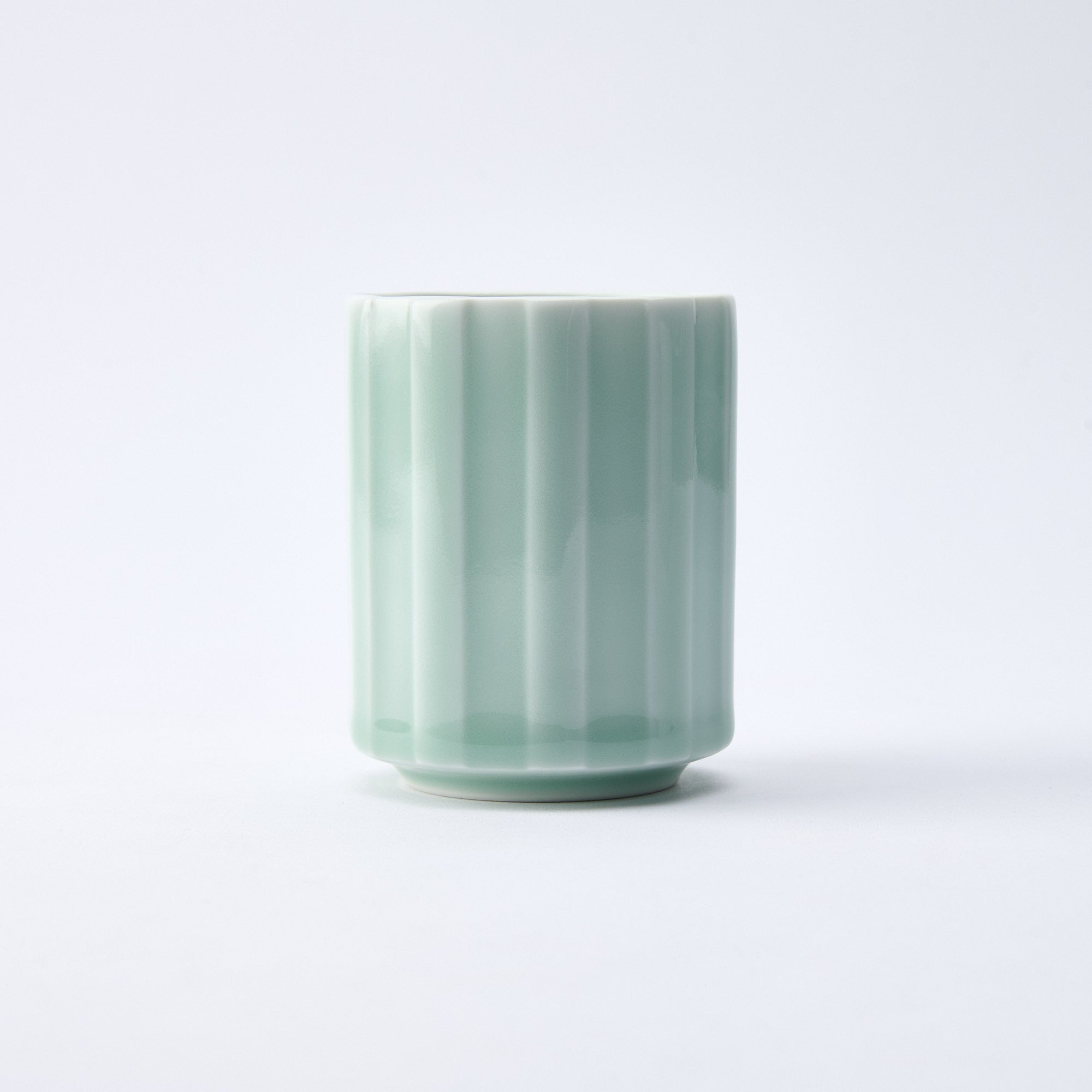
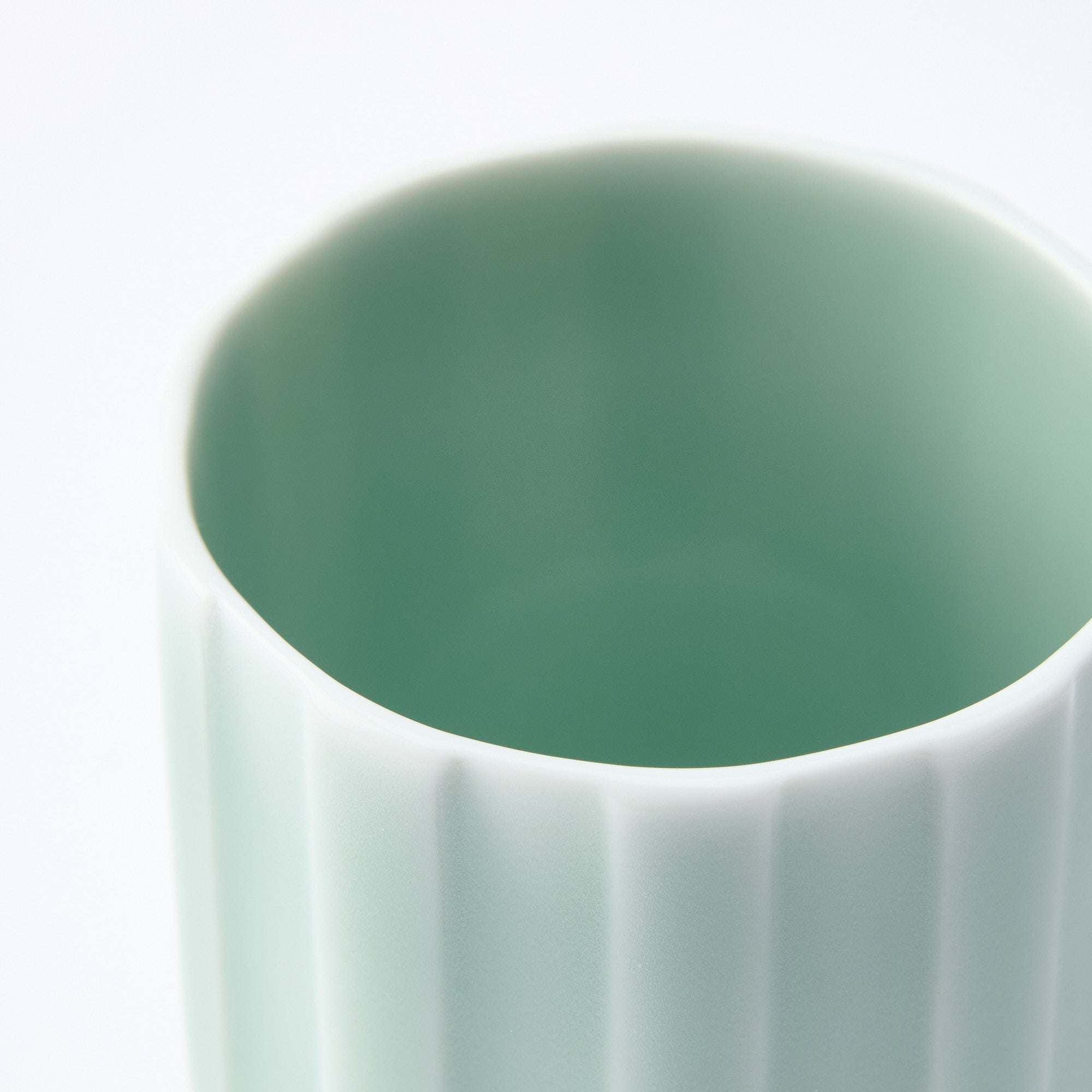
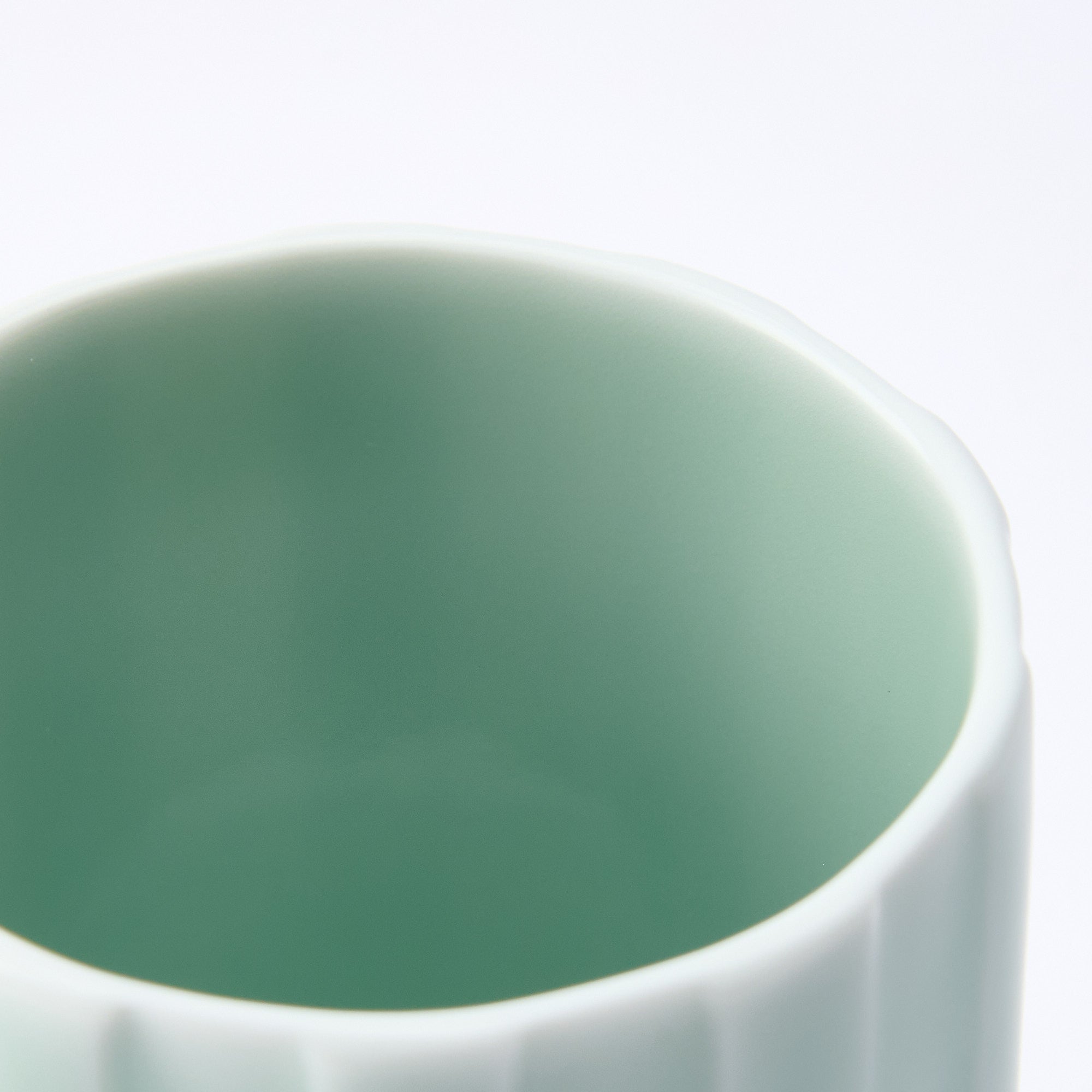
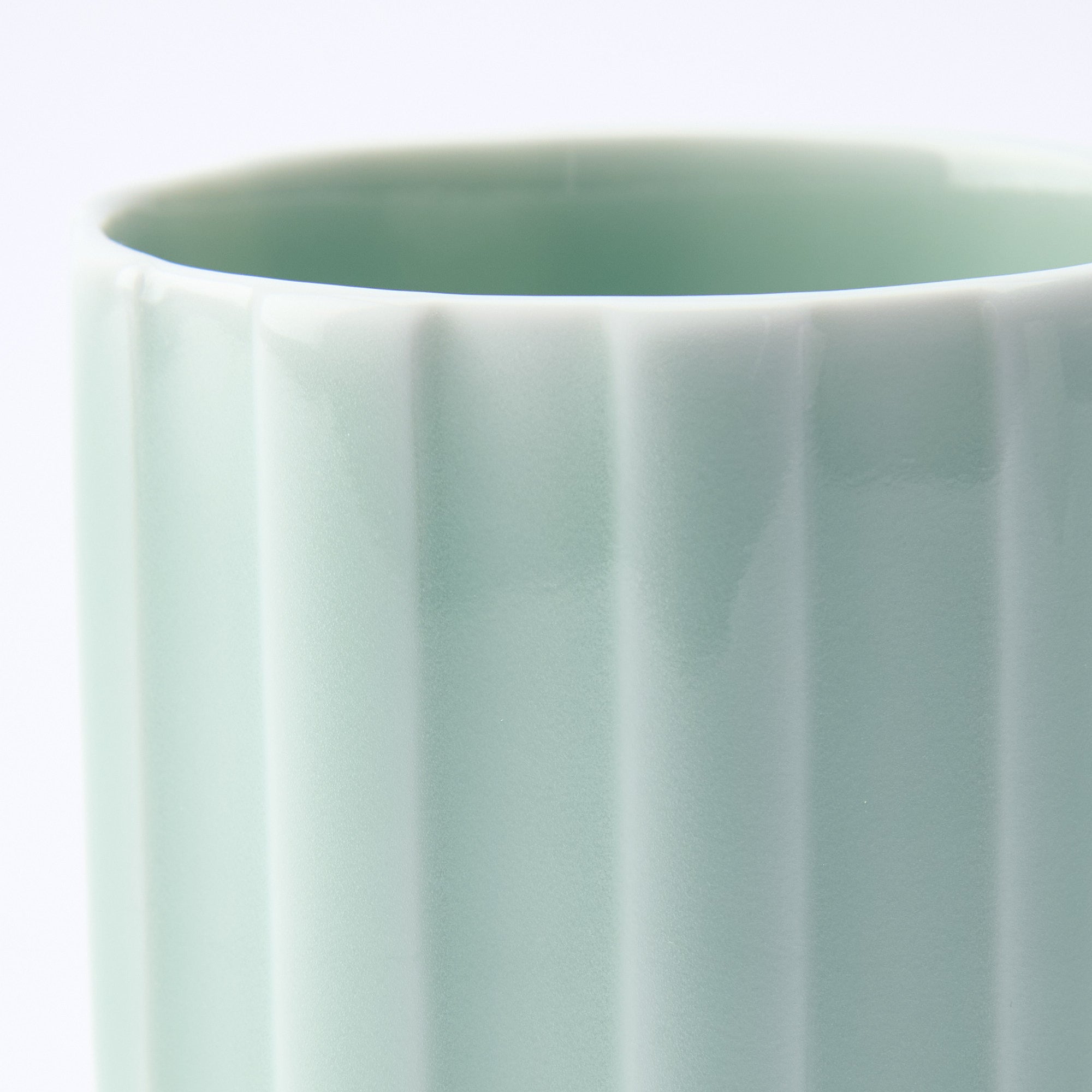
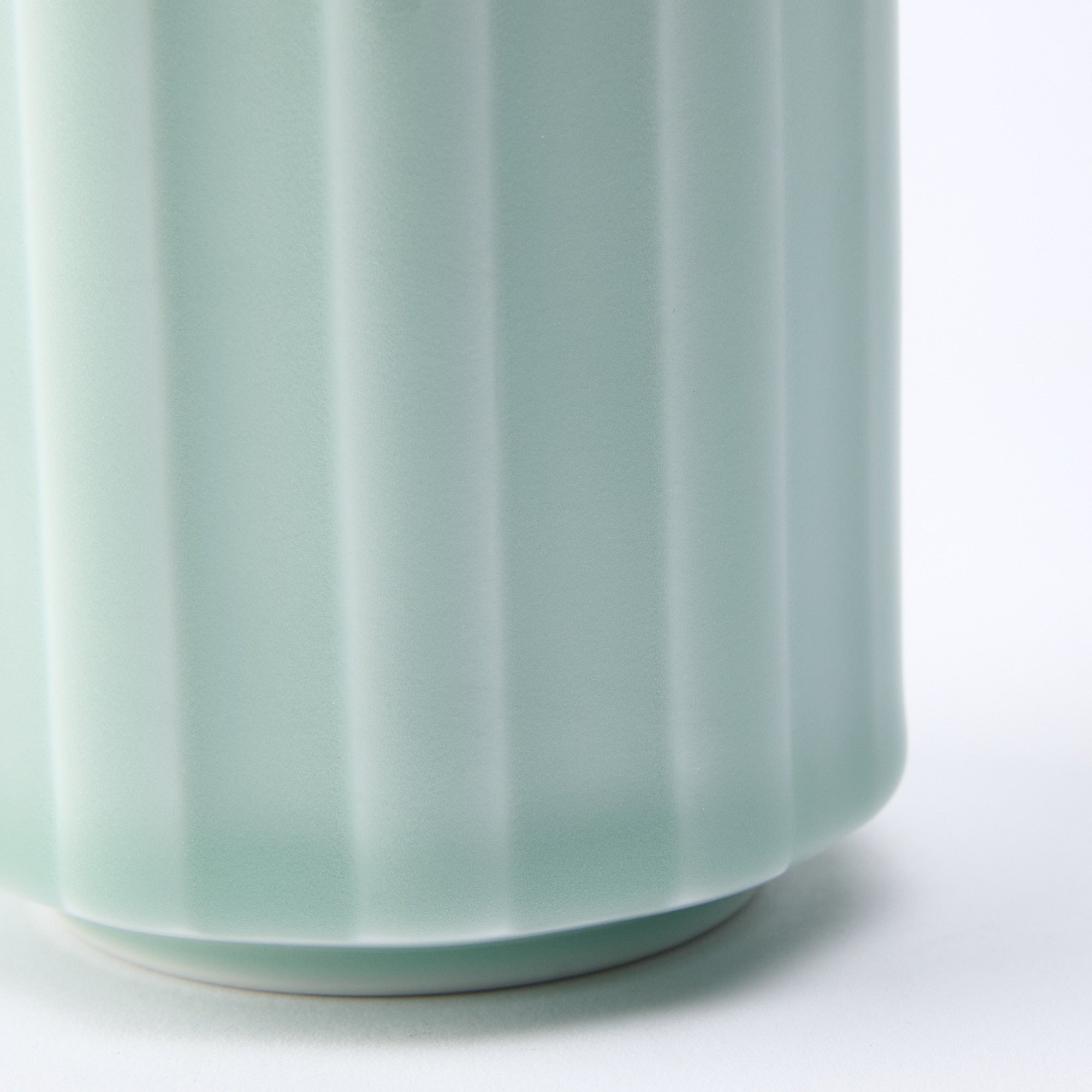
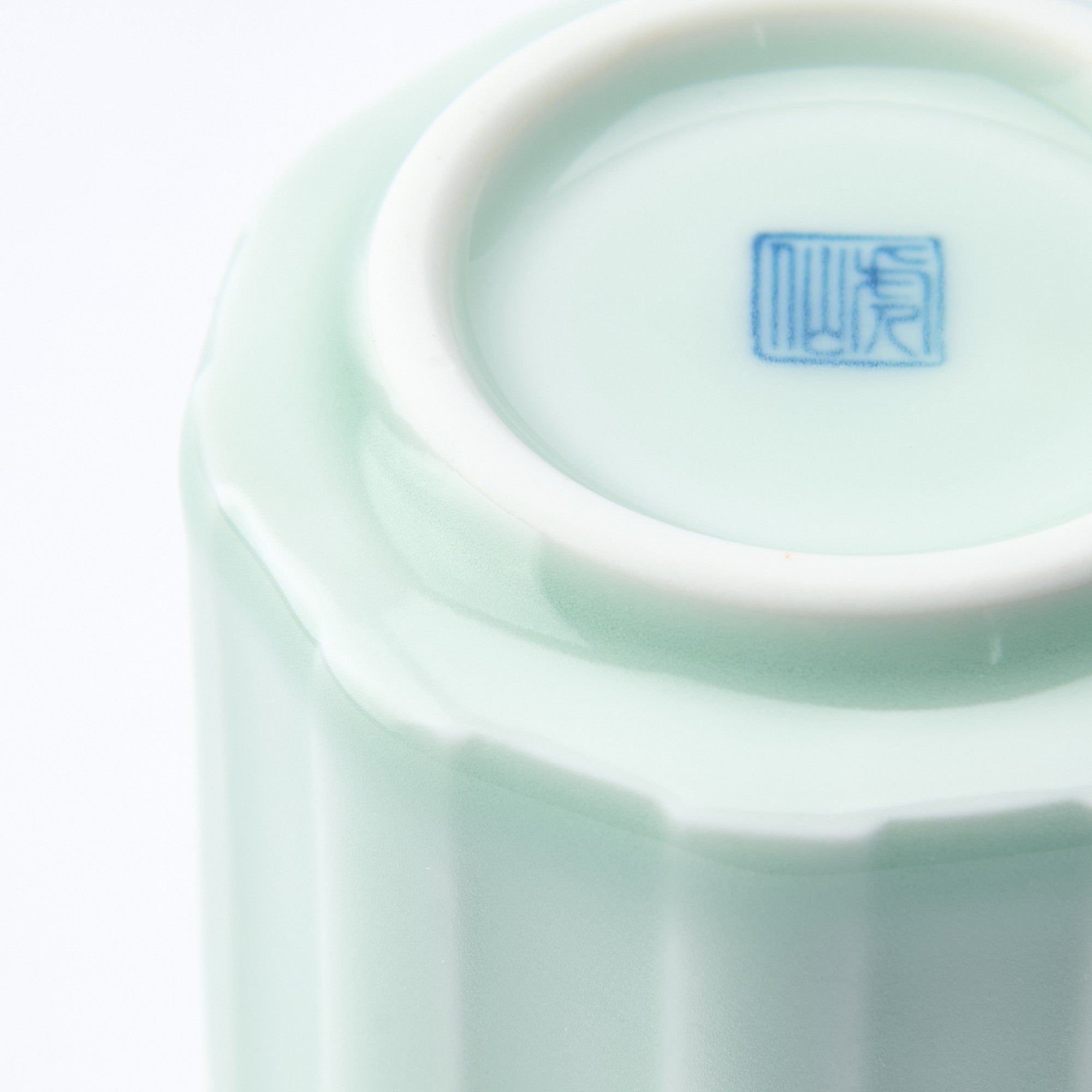
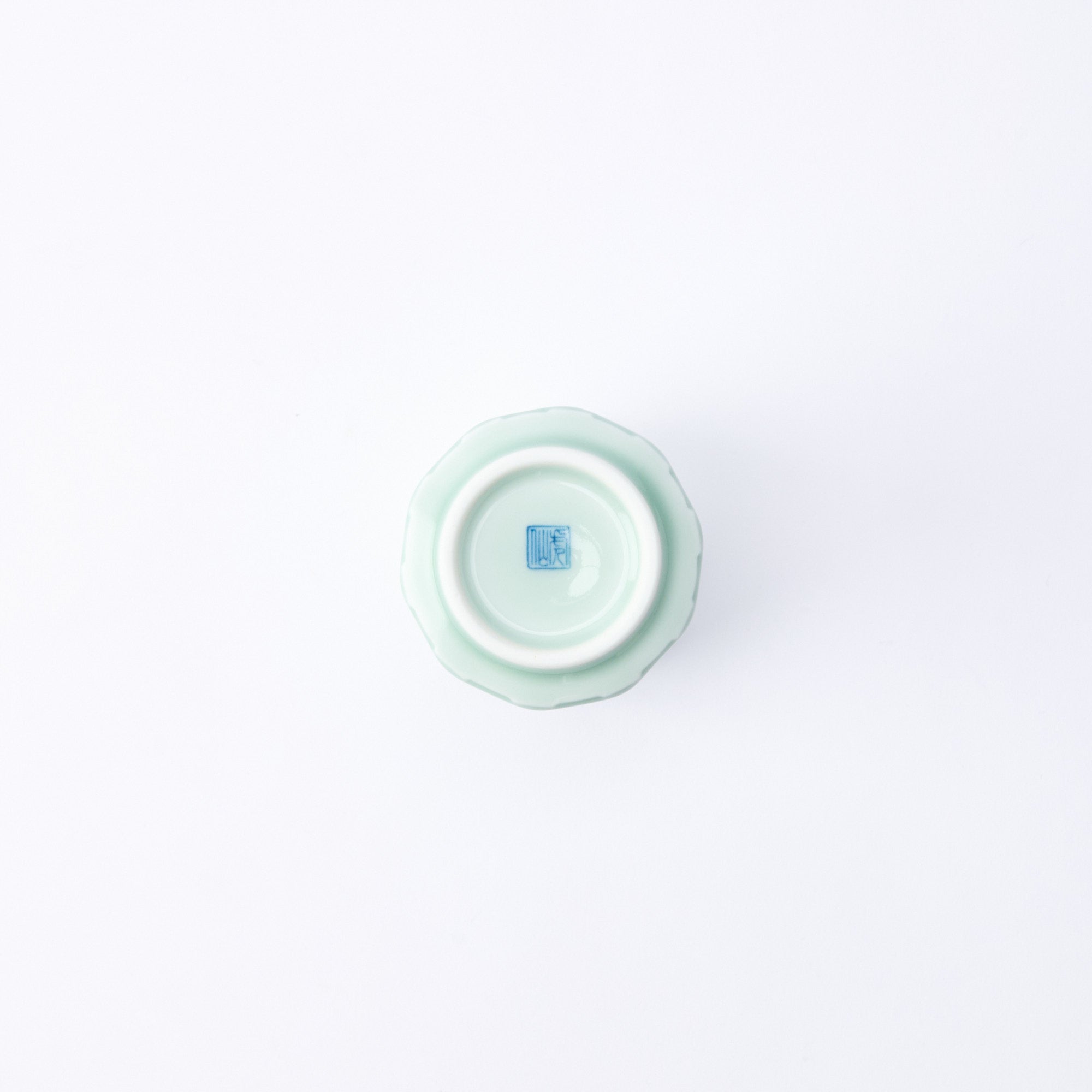
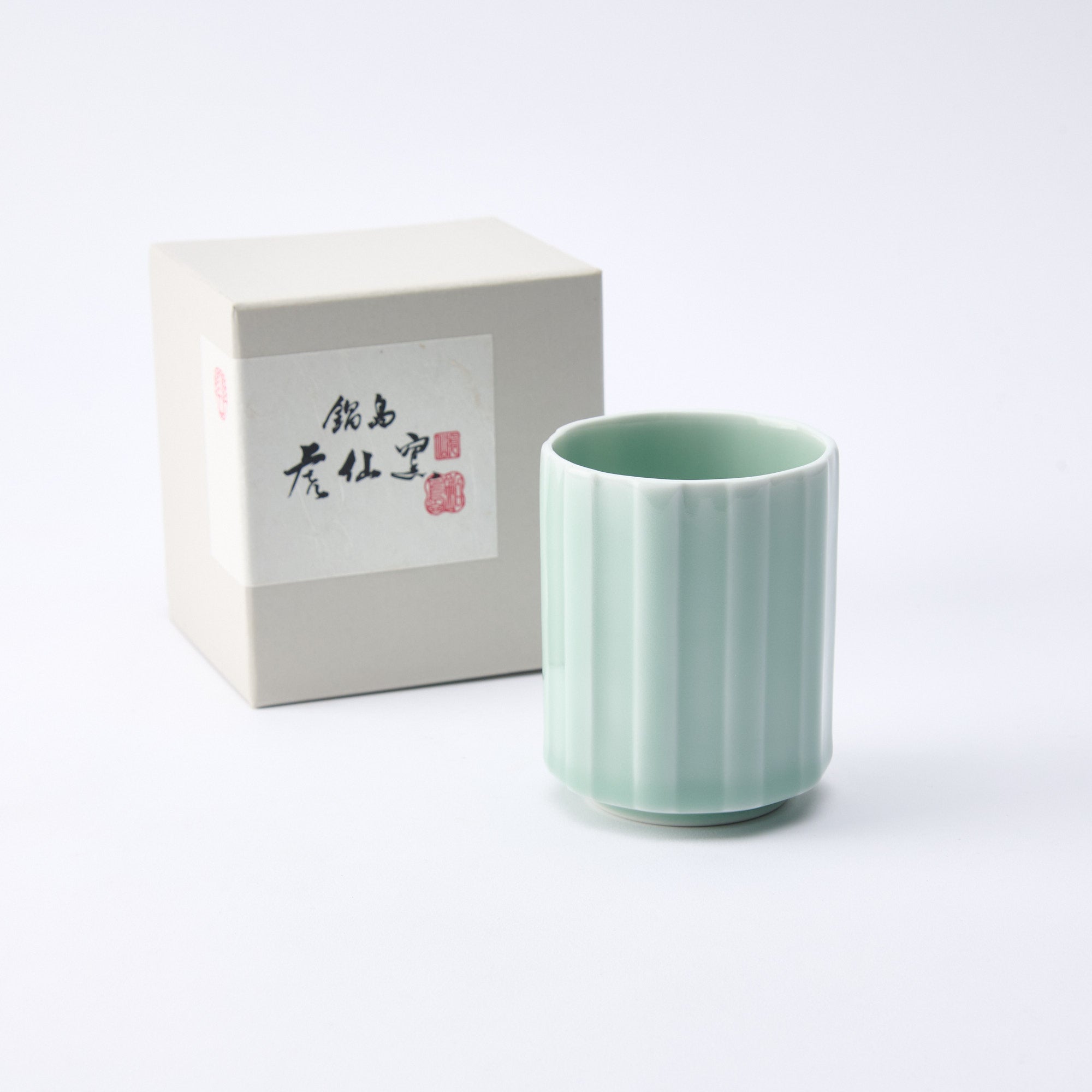
Tokusa Celadon Yunomi Japanese Teacup
Estimated Shipping Widget will be displayed here!
This yunomi Japanese teacup showcases the serene, pale green hues of Kosen Kiln's original celadon, crafted with natural minerals partially sourced from Okawachiyama. Its subtle elegance invites appreciation with every use.
The combination of celadon’s hues and the tokusa “horsetail” motif creates a refreshing design. The pattern which is a classic motif that has been beloved since the Edo period (1603–1867 CE). Its straight-growing appearance symbolizes wishes for growth and prosperity.
The celadon glaze ensures a smooth touch and a gentle feel on the lips, making it perfect for daily tea time or welcoming guests.
The current third generation, Takahiko Kawasoe, has a vision of "establishing Nabeshima culture" and began research and development of celadon from a different perspective from that of his grandfather. The kiln is working daily with the hope that the future of Nabeshima ware will be enriched 100 years from now.
DETAILS
| Quantity | 1 |
| Size | D 6.8 cm (2.7 in) x 9.0 cm (3.5 in) |
| Capacity | 160 ml (5.4 fl oz) |
| Weight | 210 g (7.4 oz) |
| Material | Porcelain |
| Package Type | Paper box |
| Microwave | Yes |
| Dishwasher | Yes |
Maker / Brand
Kosen Kiln specializes in products that use a variety of the three techniques that are characteristic of Nabeshima ware: iro-Nabeshima (overglaze enamel), ai-Nabeshima (sometsuke), and Nabeshima seiji (celadon). The founder, Kawasoe Tameo, dedicated himself to studying celadon porcelain, driven by a strong desire to make it accessible to many.
The current third generation, Kawasoe Takahiko, aims to "establish Nabeshima culture" and approaches celadon research from a perspective different from his grandfather. The kiln diligently works every day, striving toward a rich future of Nabeshima ware.
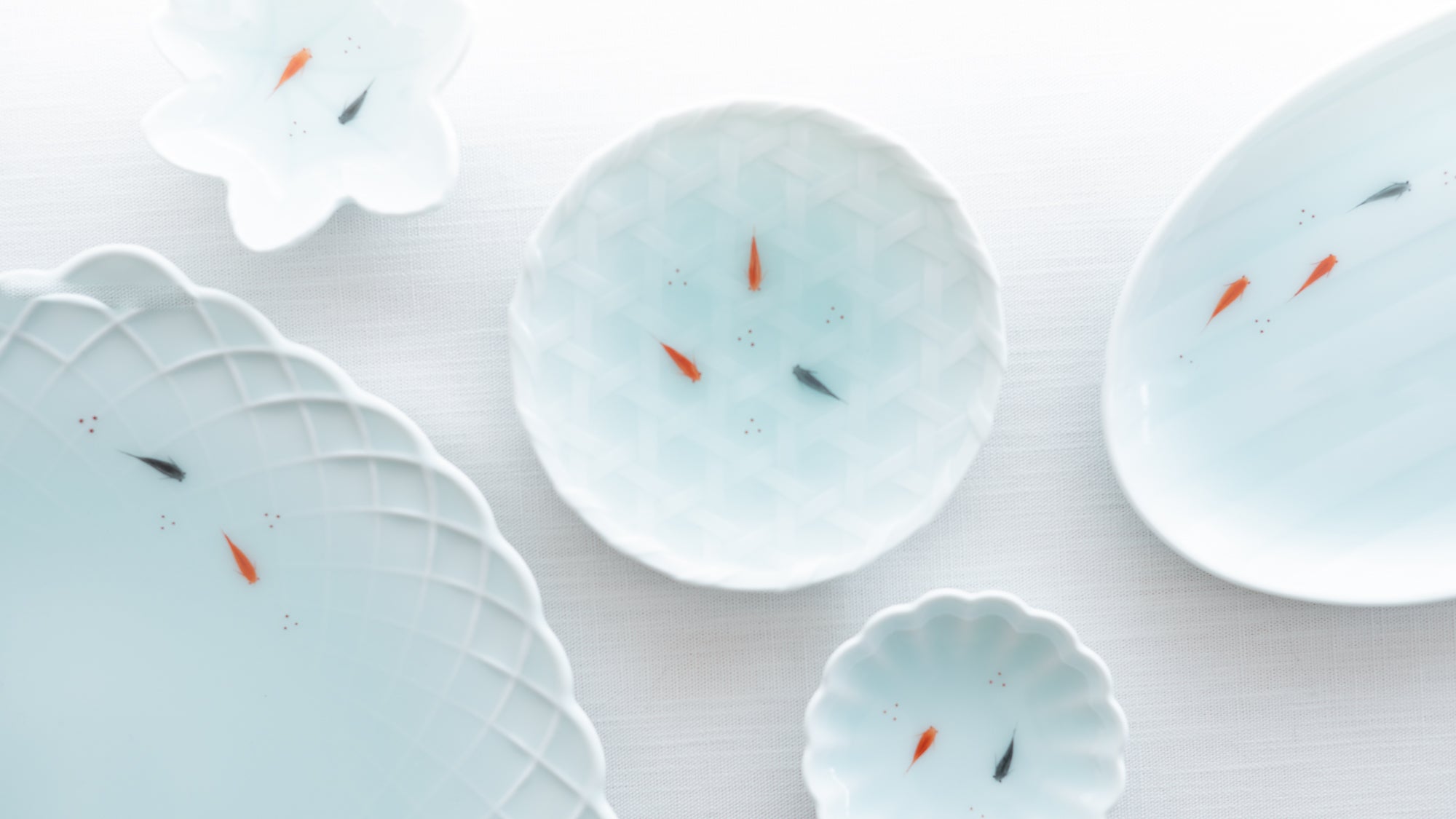
Crafts
Nabeshima ware is a type of porcelain crafted at the meticulously managed Nabeshima domain kiln. This kiln, which operated as a government-run project under the direct supervision of the Saga Nabeshima domain, flourished during the early Edo period (1603–1868 CE).
For approximately 250 years, Nabeshima ware was reserved solely and exclusively for shoguns and feudal lords, with the kilns producing exquisite pieces in styles like iro-Nabeshima (overglaze enamel), ai-Nabeshima (sometsuke), and Nabeshima seiji (celadon). After the feudal system ended, the kilns were privatized, welcoming new potters and giving rise to what is now known as Imari Nabeshima ware.
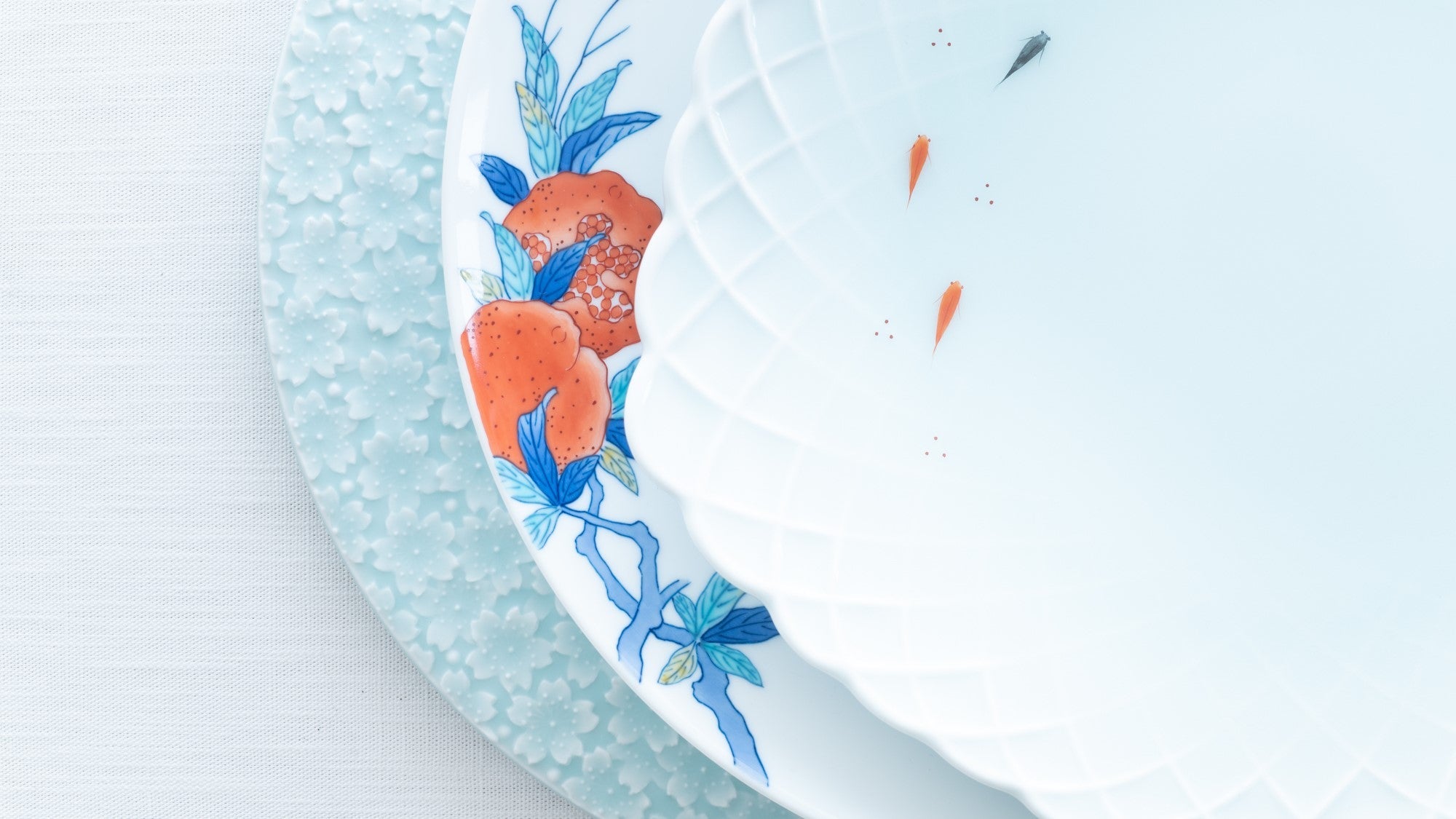
Choose options












Estimated Shipping Widget will be displayed here!
Yunomi Japanese Teacups
Yunomi are a kind of vertical, cylindrical teacup. They are typically used for casual tea times. Because of the large capacity of a yunomi, the area where the tea touches the air is small, so the tea does not get cold easily. They are also suitable for when you want to drink a lot of bancha or hojicha. In sushi restaurants, tea is traditionally served in a yunomi.
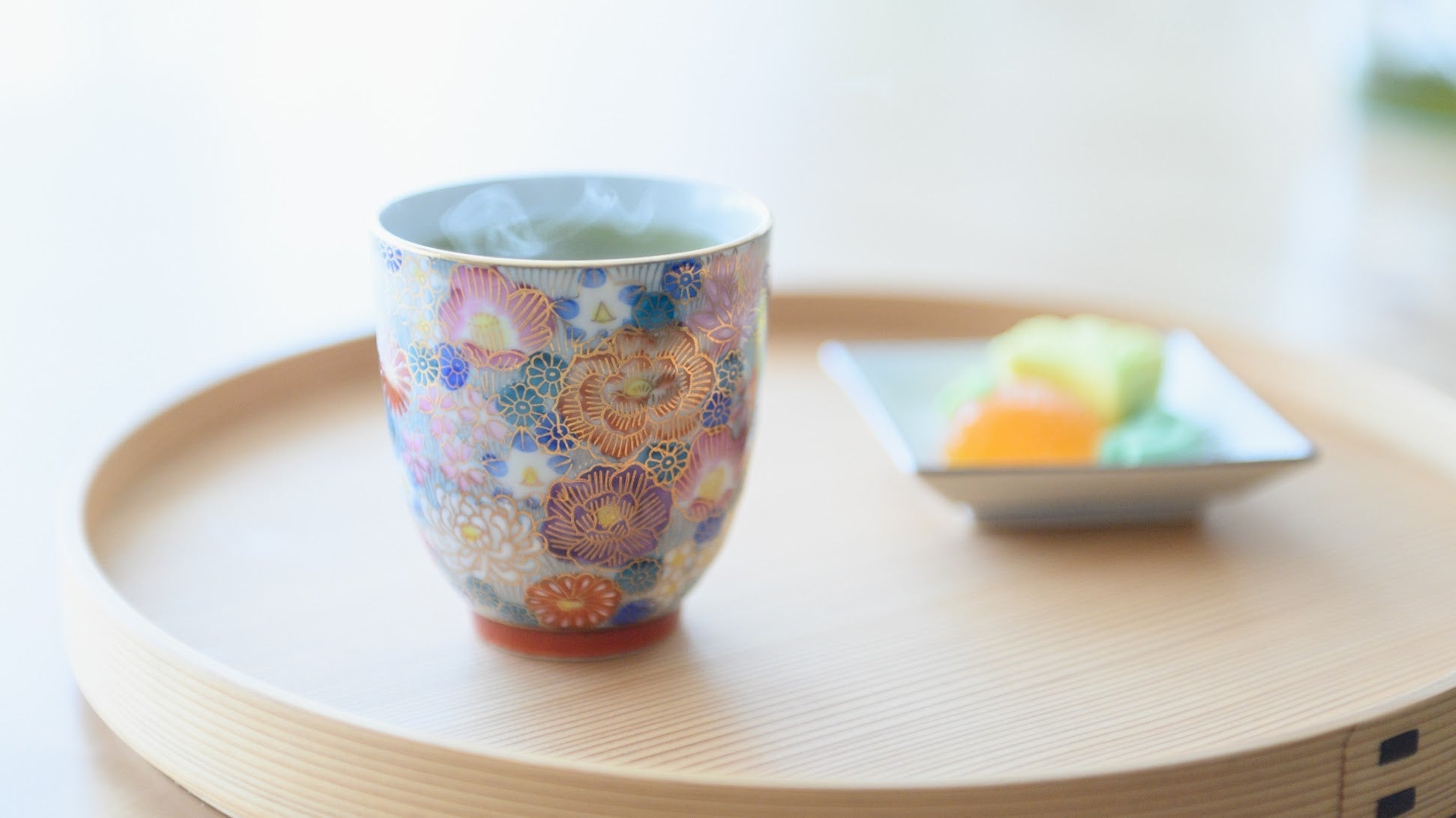
Celadon
Celadon porcelain originated in China and was introduced to Japan by the 10th century. Among the aristocratic classes at that time, celadon wares from China were regarded as the finest imported goods. They adored its mysterious blue and named it "secret-color."
Production of celadon ware began in the Hizen region, the northwestern part of present Kyushu in the early Edo period (1603 CE - 1868 CE), and the technique was later passed on to Kyoto and nearby areas. In 1957, the craft technology was designated a national intangible cultural asset. Celadon continues to be cherished and crafted by many potters and artisans today.
